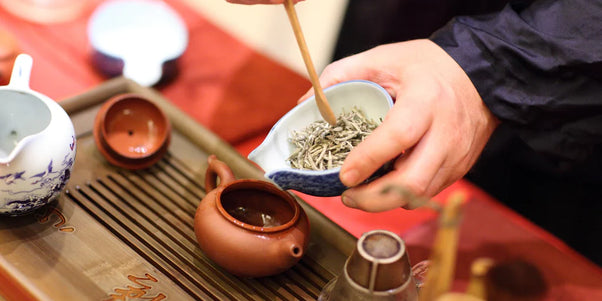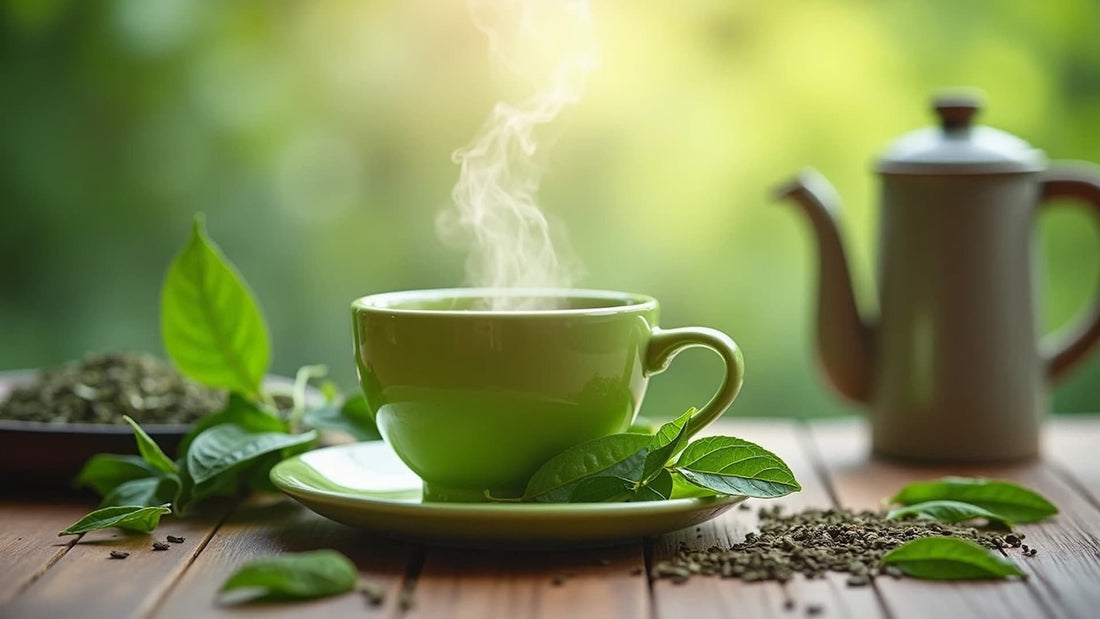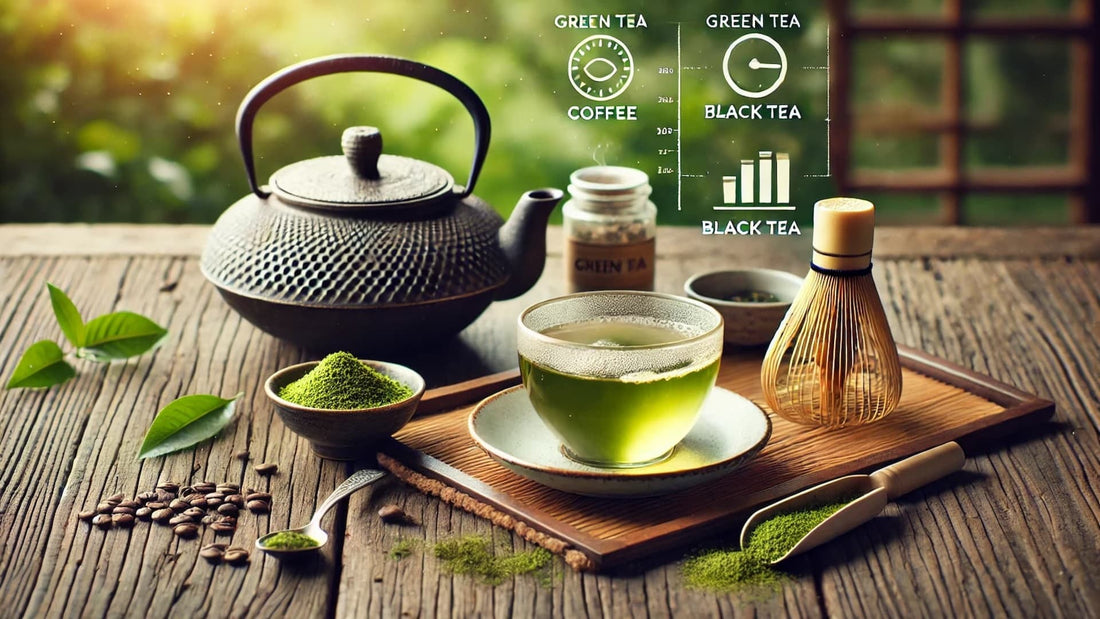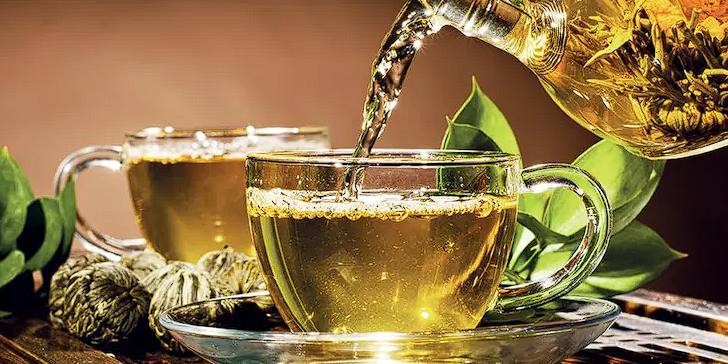Tea is a universal thread that connects cultures across continents, from the misty hills of China and India to the bustling streets of London and the serene gardens of Japan. With its diverse flavors, brewing techniques, and rituals, tea has captured the hearts of people worldwide.
Here are some fascinating glimpses into tea culture from different corners of the world:
-
Chinese Tea Culture:
- Tea Houses in China: Due to the paramount importance of tea in Chinese society, tea houses can be found in most neighborhoods and business districts. These establishments offer an array of hot and cold tea concoctions, along with tea-friendly snacks.
- Historical Roots: During the Tang dynasty, Lu Yu discovered that tea plants growing under shady hillsides produced poor-quality tea. The common tea-making methods at the time involved boiling water and tea leaves simultaneously. Lu Yu’s insights led to improvements in tea quality and preparation techniques.
-
Japanese Tea Culture:
- The Way of Tea (Sadō/Chadō): Japan’s tea culture is deeply rooted in the traditional tea ceremony, known as “sadō” or “chadō.” This ritual emphasizes harmony, respect, purity, and tranquility. Matcha (powdered green tea) is central to this ceremony.
- Tea Gardens and Zen Aesthetics: Japanese tea gardens, with their meticulously designed paths, bridges, and stone lanterns, create a serene environment for tea ceremonies. Zen aesthetics play a significant role in shaping the tea experience.
-
British Afternoon Tea:
- A Quintessential British Tradition: Afternoon tea, with its delicate sandwiches, scones, and pastries, is a beloved British custom. It originated in the 19th century and became associated with leisurely gatherings and socializing.
- Spread of Tea Culture: The British Empire played a pivotal role in spreading tea culture to its dominions and colonies. Regions like Hong Kong, India, and Pakistan had pre-existing tea customs, while others, like East Africa, the Pacific, and Canada, adopted tea traditions due to British influence.
-
Other Tea Traditions:
- Russian Tea Culture: Russia has its unique tea customs, often accompanied by sweets and preserves. The famous painting “Merchant’s Wife at Tea” by Boris Kustodiev captures the essence of Russian tea gatherings.
- Moroccan Mint Tea: In Morocco, mint tea (known as “atay”) is a symbol of hospitality. It’s a blend of green tea, fresh mint leaves, and sugar, served in ornate glasses.
- Indian Chai: India’s chai culture is vibrant and diverse. Masala chai, with its aromatic spices, is a staple across the country. Street vendors serve chai in small clay cups, fostering community connections.
In summary, tea transcends borders, cultures, and time, weaving stories of tradition, connection, and comfort. So, whether you’re sipping a delicate rooibos or enjoying a black tea, remember that tea is more than a beverage—it’s a global treasure!





